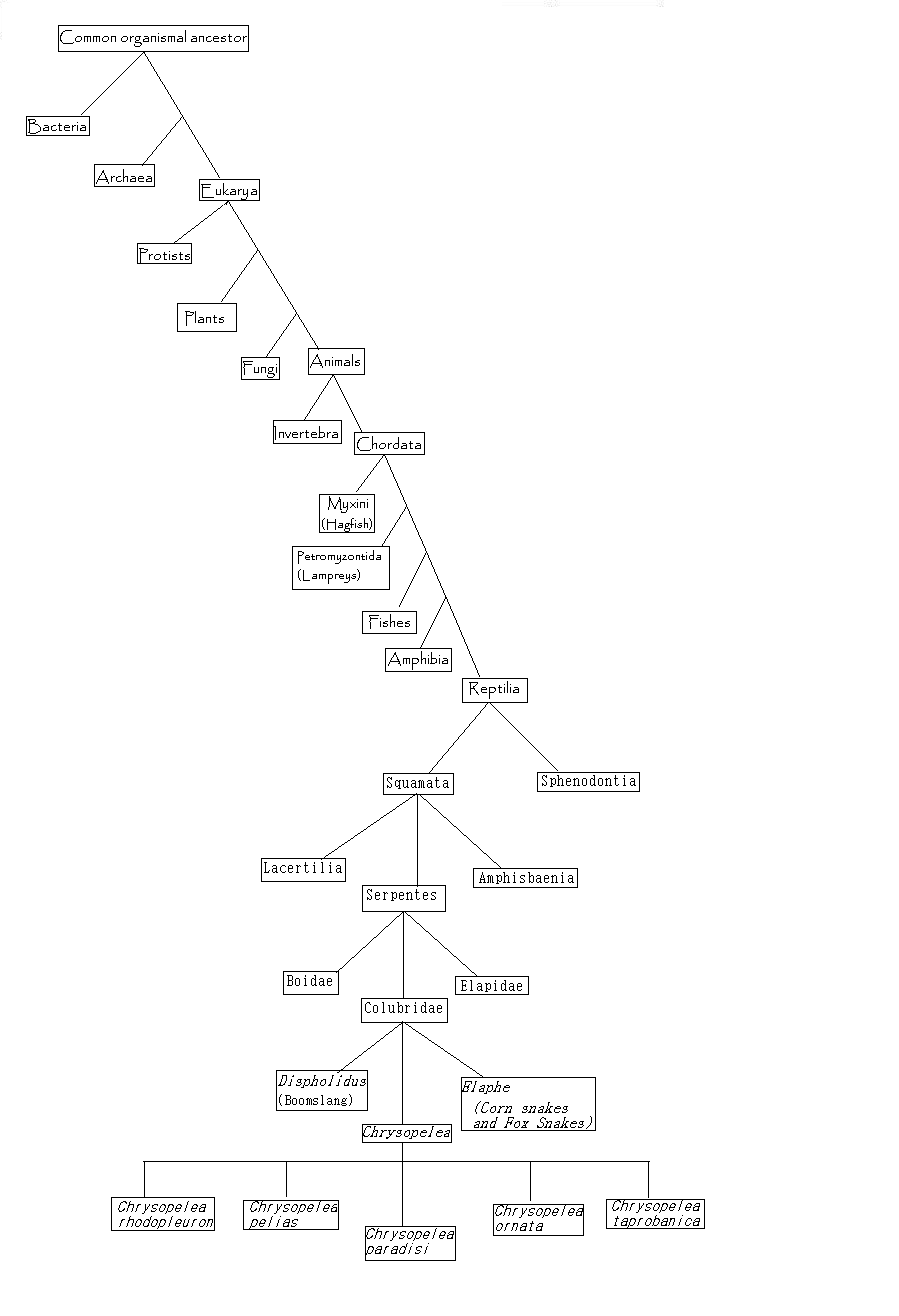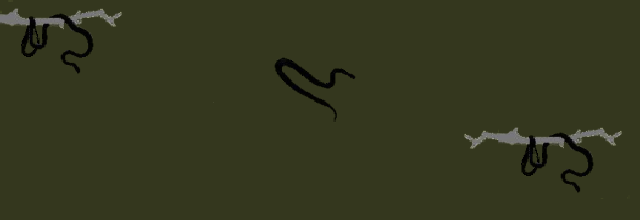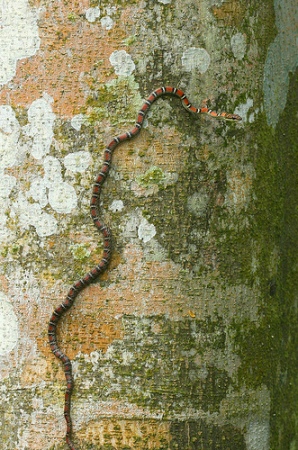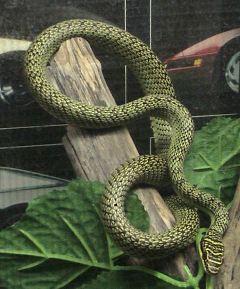Classification and Phylogeny
Super Group: Unikonta
The Unikonta are eukaryotic organisms that possess a singular flagellum on their motile cells. Within the Unikonta reside the Amoebazoans and Opisthokonts.
Sub Group: Opishthokonts
Organisms found here have a single flagellum in their motile cells that are posterior or on the back end of the organism. Residing here are the Fungi, Animals and Choanoflagellates.
Domain: Eukarya
Members of this Domain all contain a nucleus and membrane-bound organelles, including a mitochondria and/or chloroplasts. Along with Animalia, this domain contains Plantae, Fungi, and Protista.
Kingdom: Animalia
This kingdom consists of all multicellular, heterotrophic organisms that lack a cell wall. Also, these organisms tend to have a motile phase at some point in their lives.
Phylum: Chordata
All chordata, at some point in the life cycle, possess five characteristics: a dorsal, hollow nerve cord, a flexible notochord, pharyngeal gill slits, an endostyle (precursor to the thyroid gland), and a post-anal tail.
Class: Reptilia
Reptiles are a group of amniotes (lay eggs that are protected by a shell and a series of membranes) that possess a water tight skin that is made up of keratinized scales. Reptiles consist of snakes, lizards, crocodilians, turtles and more recently, the birds.
Order: Squamata
Lizards, snakes and amphisbaenians (worm lizards) belong to this order for the simple reason that they possess a powerful, but extremely flexible, but powerful jaw structure and overlapping scale. The key to this distinction belongs to to the fact that the skulls of these organisms have a specialized hinged jaw, known as the quadrate hinge. This hinge allows the bottom jaw of these organism to open into a massive gape that allows the organism to swallow food items whole.
Suborder: Serpentes
These are the snakes. They are characterized by an elongated, limb-less body and a reduced left lung.
Family: Colubridae
The colubrids, much like the protists, is a variable dumping ground for snakes that do not generally fit into any other family of snakes. Generally, they are nonvenomous (exceptions include the Boomslang and other rear fanged venomous snakes, such as C. paradisi) and typically small bodied snakes. With in this family resides nearly two thirds of all snake species.
Genus: Chrysopelea
This genus of snakes is designated to any species that possess the ability to "fly".
Species: Chrysopelea paradisi
The name translates into "the flying snake of paradise". The name comes from the bright color patterns found in this species as well as the snakes ability to fly...or was it the snake that led Eve into the path of sin, resulting in the fall of Adam and Eve from heaven.
-Here is the Phylogenetic tree-

Sick of climbing? Descend to Reproduction. Want to learn to fly? Ascend to Adaptations branch by clicking the snake.



